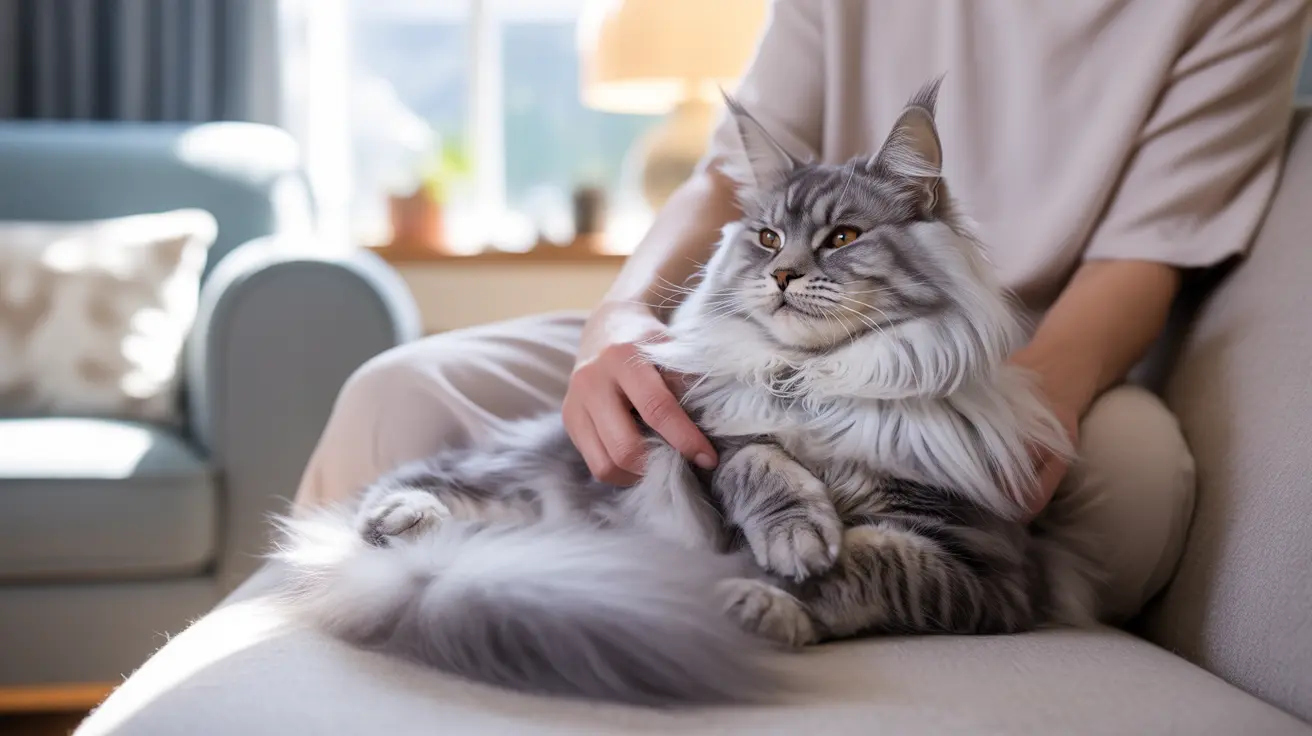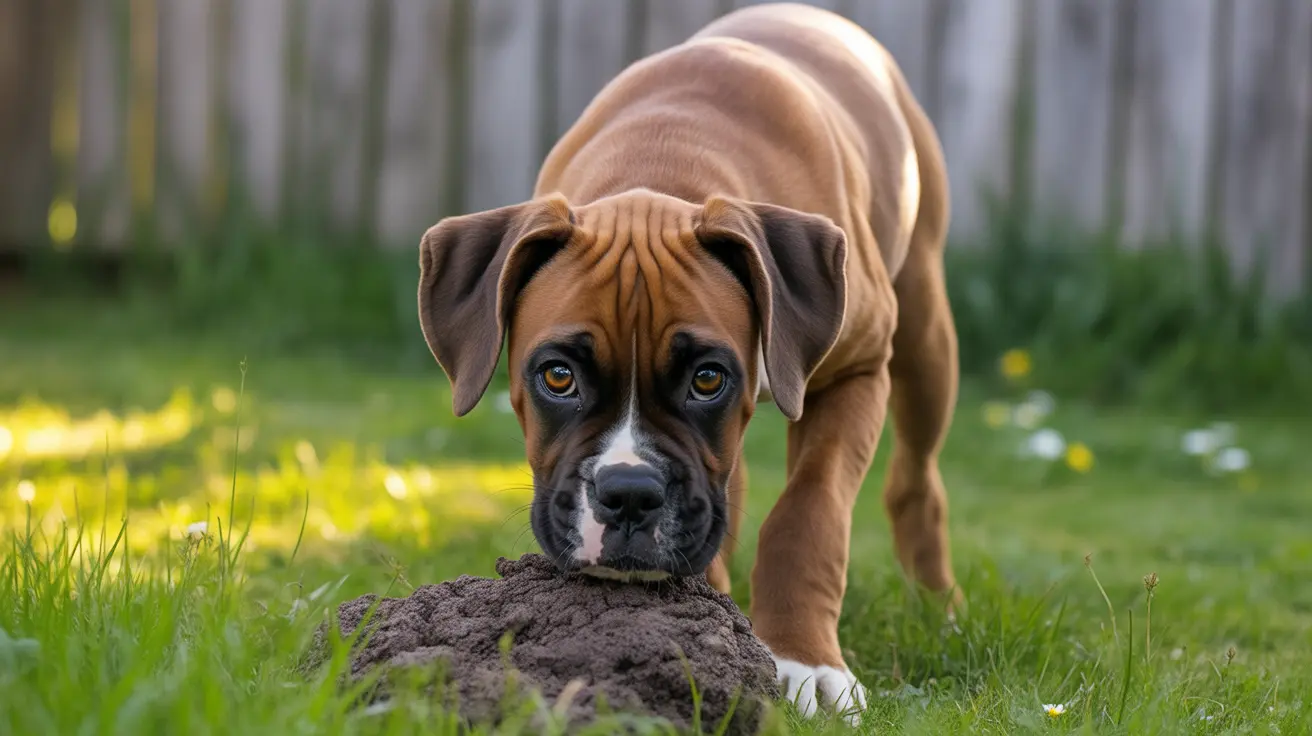The Science Behind Your Cat's Most Mysterious Sound
Few sounds are as instantly recognizable and comforting as a cat's purr. This distinctive tonal fluttering has captivated humans for centuries, yet the complete answer to "why do cats purr" remains one of the most fascinating mysteries in animal behavior. While many pet owners assume purring simply means their feline friend is happy, the reality is far more complex and remarkable.
Understanding why cats purr involves exploring not just the obvious moments of contentment, but also the surprising situations where cats use this unique vocalization as a survival tool. From newborn kittens communicating with their mothers to the potential healing properties that benefit both cats and humans, purring serves multiple critical functions that go far beyond expressing happiness. This comprehensive exploration will reveal the science behind your cat's purr and help you better understand what your feline companion is truly trying to communicate.
The Biological Mechanism: How Cats Create Their Signature Sound
The process of how cats produce their distinctive purr involves a sophisticated coordination of muscles and neural pathways that scientists are still working to fully understand. Cats create purring through rapid muscle contractions in their larynx, specifically using muscles to quickly dilate and constrict the glottis during both inhalation and exhalation. This creates the continuous air vibrations that result in the characteristic purring sound we know and love.
What makes purring truly unique among vocalizations is that it's produced continuously throughout the entire breathing cycle, unlike meowing or other cat sounds that only occur during exhalation. A specialized neural oscillator in the cat's brain controls this complex process, sending rhythmic impulses to the laryngeal muscles at frequencies typically ranging from 20 to 30 Hz. This frequency range is particularly significant, as it closely matches therapeutic frequencies used in human medicine to promote healing and bone growth.
When Cats Start Purring: Early Development and Mother-Kitten Communication
The journey of purring begins remarkably early in a cat's life, with kittens starting to purr within just a few days of birth. This early development highlights purring's crucial role in survival and communication between mother cats and their offspring. During nursing, kittens use purring as a way to communicate comfort, security, and contentment to their mother, while mother cats purr back to provide reassurance and strengthen the bonding process.
This early purring serves multiple practical purposes beyond emotional bonding. The vibrations help kittens locate their mother for feeding, especially important since they're born blind and deaf. The continuous nature of purring during nursing also helps maintain the calm, secure environment necessary for successful feeding and healthy development. This foundational use of purring as a communication tool establishes patterns that cats carry throughout their lives in their interactions with humans and other cats.
The Many Reasons Cats Purr: Beyond Simple Happiness
Contentment and Relaxation
The most commonly recognized reason cats purr is to express contentment and relaxation. You'll typically observe this type of purring when your cat is being petted, eating a favorite meal, lying in a warm, familiar environment, or resting comfortably in your lap. During these moments, cats display relaxed body language including softened facial expressions, half-closed eyes, and loose, comfortable postures that clearly indicate their peaceful state of mind.
Communication and Social Bonding
Purring serves as a sophisticated form of feline communication that extends well beyond the mother-kitten relationship. Adult cats use purring as a greeting mechanism when approaching humans or other cats, essentially saying "I come in peace" or "I'm friendly." During mutual grooming sessions or other close social interactions, cats will often purr to strengthen social bonds and reinforce positive relationships within their social group.
Self-Soothing During Stress and Pain
Perhaps one of the most surprising aspects of why cats purr is their use of this vocalization during times of stress, anxiety, or physical discomfort. Cats may purr when they're frightened, during veterinary visits, when injured or ill, or even in their final moments of life. This type of purring serves as a self-soothing mechanism, helping cats cope with difficult situations by releasing endorphins and creating a sense of calm during challenging times.
Solicitation and Attention-Seeking
Many cat owners have experienced the specific type of purr their cat uses when requesting food or attention. This "solicitation purr" often includes a higher frequency component that makes it more urgent and attention-grabbing than regular contentment purring. Cats have learned that this particular variation of purring is especially effective at getting humans to respond to their needs, whether that's filling their food bowl or providing desired attention.
The Healing Power of Purring: Therapeutic Benefits for Cats
Recent scientific research has revealed that purring may serve as a built-in healing mechanism for cats, offering significant therapeutic benefits that help explain why this behavior evolved. The frequency range of cat purring, typically between 20-30 Hz, corresponds remarkably closely to frequencies used in human therapeutic medicine to promote bone healing, tissue repair, and pain relief.
These purring vibrations may help cats maintain bone density and muscle tone even during periods of limited physical activity. This could be particularly important for cats' evolutionary survival, as it allows them to stay physically fit and recover more quickly from injuries while conserving energy. The vibrations generated by purring may stimulate the production of growth factors and promote circulation, essentially providing cats with a form of low-level physical therapy that they can self-administer whenever needed.
How Purring Benefits Humans: The Science of Feline Therapy
The therapeutic effects of cat purring extend beyond felines to provide measurable health benefits for humans as well. Scientific studies have shown that exposure to cat purring can lead to reduced blood pressure, increased release of serotonin (the "feel-good" neurotransmitter), and significant stress relief. These physiological changes can have lasting positive effects on human health and well-being.
The vibrations produced by purring may also offer potential therapeutic benefits for humans dealing with conditions like osteoporosis, as the frequency range can help stimulate bone growth and strength. Additionally, some research suggests that purring vibrations might help with respiratory conditions and muscle healing, though more studies are needed to fully understand these potential applications. The simple act of having a purring cat nearby can create a meditative, calming environment that promotes relaxation and emotional well-being.
Interpreting Your Cat's Purring: Reading the Context and Body Language
Understanding why your specific cat is purring requires looking beyond the sound itself to observe accompanying body language and environmental context. A cat purring while displaying relaxed posture, a raised tail, and softened facial features is likely expressing genuine contentment. However, a cat that's purring while crouched low, with ears flattened back, or showing other signs of tension may be using purring as a self-soothing mechanism during stress or discomfort.
Learning to read these contextual clues helps cat owners provide appropriate responses to their pet's needs. If your cat is purring due to contentment, continuing gentle interaction is appropriate. However, if the purring appears to be stress-related, your cat may need space, comfort, or even veterinary attention if physical discomfort is suspected. This nuanced understanding of purring helps strengthen the human-cat bond and ensures cats receive the care they need in various situations.
Individual Variations: Why Some Cats Purr More Than Others
Not all cats purr with the same frequency or intensity, and these individual variations are completely normal. Some cats are naturally more vocal and will purr almost constantly during positive interactions, while others rarely purr even when clearly content and relaxed. These differences can be influenced by factors including the cat's personality, early socialization experiences, breed characteristics, and their specific social environment.
Additionally, some cats may have physical or anatomical differences that affect their ability to purr loudly or frequently. This variation in purring behavior doesn't indicate any problem with the cat's health or happiness – it's simply part of the natural diversity in feline personalities and communication styles. Understanding and accepting your individual cat's purring patterns helps you better interpret their specific communication preferences and emotional states.
Frequently Asked Questions
- Q: Is it normal if my cat doesn't purr very often?
Yes, it's completely normal for some cats to rarely purr or to purr very quietly. Cats have individual personalities and communication preferences, and some simply express contentment through other behaviors like head bonding, kneading, or simply staying close to you.
- Q: Should I be concerned if my cat is purring but seems sick or stressed?
Purring during illness or stress is actually a normal self-soothing behavior. However, if your cat shows other concerning symptoms like loss of appetite, lethargy, or changes in behavior, it's best to consult with a veterinarian to rule out any underlying health issues.
- Q: Can the frequency of my cat's purring actually help with my own health problems?
While research suggests that cat purring frequencies may have therapeutic benefits for bone health and stress reduction, you should never rely on cat purring as a substitute for proper medical treatment. However, the stress-relief and emotional benefits of spending time with a purring cat can certainly complement conventional medical care.
- Q: Why does my cat's purr sometimes sound different or have a higher pitch?
Cats can modify their purring to communicate different needs. A higher-pitched or more urgent-sounding purr often indicates a solicitation purr, which cats use when they want food, attention, or other specific needs met.
- Q: Do all cats purr the same way?
No, there are individual variations in purring among domestic cats, and not all cat species can purr. The ability to purr is related to anatomical differences in the hyoid bone structure, which affects whether a cat species can purr continuously or roar.
- Q: How can I tell if my cat's purring means they're happy or stressed?
Context and body language are key. Happy purring is usually accompanied by relaxed body posture, soft eyes, and normal behavior. Stress purring often occurs alongside tense body language, flattened ears, crouched posture, or during obviously stressful situations.
- Q: Is it true that purring helps cats heal faster from injuries?
Scientific research suggests that the vibrations from purring, at frequencies of 20-30 Hz, may indeed promote bone healing and tissue repair. This could be an evolutionary adaptation that helps cats recover from injuries more effectively.
Conclusion
Understanding why cats purr reveals the remarkable complexity of feline communication and the deep evolutionary relationship between cats and their environment. From its origins as a vital survival tool for newborn kittens to its potential therapeutic benefits for both cats and humans, purring represents one of nature's most fascinating examples of a multi-functional behavior that serves communication, healing, and emotional regulation purposes.
By recognizing the various contexts in which cats purr – whether expressing contentment, seeking attention, self-soothing during stress, or simply maintaining social bonds – cat owners can develop a deeper understanding of their feline companions and respond more appropriately to their needs. This enhanced communication strengthens the human-cat relationship and contributes to better care for our beloved feline friends, while potentially providing therapeutic benefits for ourselves as well.






